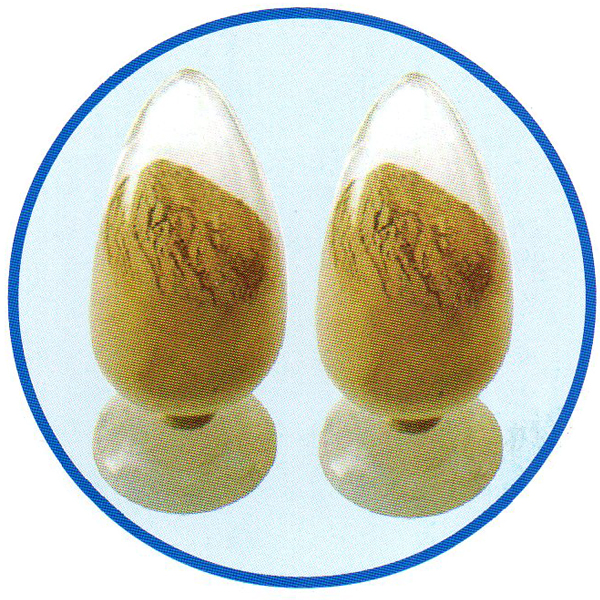There are many types of refractory materials on the market, but the quality is similar, but the quotations are uneven. The main reason why we can find refractory materials in such a market is that we do not understand how to distinguish high-quality refractories. Magnesium oxide powder manufacturers
How to distinguish fire-resistant materials well has always been a problem for this profession. In recent years, although the inspection methods and skills of refractory materials and products have been continuously improved and progressed, the test conditions of the laboratory are not completely consistent with the practical conditions of use, so that the test results under the specific conditions of the laboratory cannot predict the refractory The operating function of the material in practical application and the inference of its service life. However, the current testing method can still be used as a useful method for judging the quality of refractory materials. After testing, it can check the quality of the factory output and check whether the incoming data meets the required standards, determine the quality of the materials, control the production process, study the properties of the products after use, and seek ways to improve and improve the quality.
Refractory materials are subjected to physical, chemical, and mechanical effects at high temperatures during use, and they are simply melted and softened, or are corroded and abraded, or cracked and damaged, causing the operation to stop and contaminate the materials. Therefore, refractory materials are required to have properties that can be used to various operating conditions. The quality of refractory materials depends on its nature. It is the standard for evaluating the quality of the system. In production, it is the basis for drawing up and improving the production process to check whether the production process is correct and stable. The correct and reasonable selection of refractory materials is also based on their properties.
Inorganic non-metallic materials with a refractoriness higher than 1580℃. Refractoriness refers to the Celsius temperature at which a refractory cone sample can resist high temperature without softening and melting under no load. Refractory materials and high-temperature technology appeared together, roughly originating in the middle of the Bronze Age. During the Eastern Han Dynasty of China, clay refractory materials were used as kiln materials and saggers for burning porcelain. At the beginning of the 20th century, refractory materials developed in the direction of high purity, high density and warm products. At the same time, amorphous refractory materials and refractory fibers that do not need to be fired and have low energy consumption appeared. In modern times, with the development of nuclear energy technology, space technology, and new energy technology, refractory materials with comprehensive and excellent properties such as corrosion resistance, thermal vibration resistance, and erosion resistance have been applied.

There are many types of refractory materials, usually divided into ordinary refractories (1580~1770℃), advanced refractories (1770~2000℃) and special grade refractories (above 2000℃) according to their refractoriness; according to their chemical characteristics, they are divided into acidic refractories, Neutral refractories and alkaline refractories. In addition, there are refractory materials for occasions.
Acidic refractories are mainly composed of silica, and commonly used are silica bricks and clay bricks. Silica bricks are siliceous products containing more than 93% silicon oxide. The raw materials used include silica, waste silica bricks, etc., and have strong resistance to acid slag erosion. The special-shaped magnesia carbon bricks have a high load softening temperature, and the volume does not shrink after repeated calcination. Slight expansion; but it is easily corroded by alkaline slag and has poor thermal shock resistance. Silica bricks are mainly used in thermal equipment such as coke ovens, glass melting furnaces, and acid steel furnaces. Clay bricks use refractory clay as the main raw material and contain 30% to 46% alumina. They are weakly acidic refractory materials with good thermal vibration resistance and corrosion resistance to acid slag, and are widely used.
It is mainly classified according to porosity, binder and aggregate types. In actual use, it is often classified by using temperature or functional characteristics.
According to the porosity, there are two types: dense castables and thermally insulated firing castables with a porosity not less than 45%.
According to the bonding agent, there are hydraulic bonding, chemical bonding and cohesive bonding castables.
Hydraulically binding castables are hardened at room temperature and hardened by hydration. The main varieties are Portland cement, ordinary calcium aluminate cement, pure calcium aluminate cement, fused pure calcium aluminate cement castables, etc. Chemically bonded castables are generally hardened by adding a hardening accelerator to form a chemical reaction at room temperature. The main varieties are water glass, aluminum, and phosphate castables. Cohesive combined castables are hardened by sintering during the calcination process, and the main varieties are clay castables.
According to the refractory aggregates, there are clay aggregates (Al2O3 30%-45%), high alumina aggregates (Al2O3% 26ge; 45%), and siliceous aggregates (SiO2% 26ge; 85%, Al2O3% 26lt; 10 %), alkaline aggregate (with magnesia, dolomite, etc.), aggregate (with carbon, carbide, spinel, zircon, nitride, etc.), and thermal insulation aggregate (with perlite, vermiculite, etc.) , Ceramsite, floating beads, light brick sand, porous clinker, alumina hollow ball, etc.).
In actual use, according to engineering requirements, it is allowed to use some mixed aggregate types of carbon fiber casting integrated sucker rod centralizers, which are accessories for oilfield production, including carbon fiber centralizers, oil rods, carbon fiber centralizers and sucker rod disposable Pouring into one. The utility model directly casts the carbon fiber centralizer on the sucker rod at one time, eliminating the need for the original method of media components to perform its function, and also eliminating the time for workers to repeatedly install the traditional centralizer when they go down the site. At the same time, cumbersome parts are reduced, manufacturing and installation are very convenient, and the weight is lighter, the cost is low, and the performance is 1.8 times that of the traditional centralizer, which improves the workover cycle and saves maintenance costs.
Yingkou Dingfeng Metallurgical Technology Co., Ltd.
18041722333
Contact: Mr. Zhang
Telephone: 18041722333
Mail box: 810678900@qq.com
Address: Liangjunzhai Village, Yong'an Town, Dashiqiao City, Yingkou City, Liaoning Province

QR code